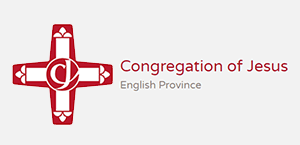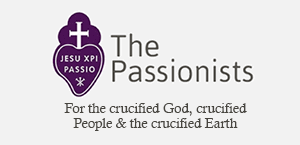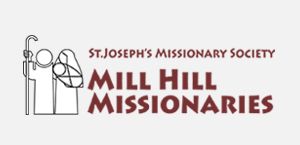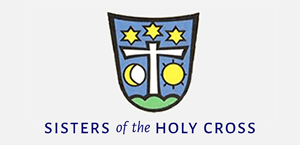Gospel in Art: Solemnity of the Most Holy Body and Blood of Christ

Corpus Christi Procession in Seville, by Manuel Aguado-Bejarano © Prado Museum, Madrid
Source: Christian Art
Gospel of 22 June 2025
Luke 9:11b-17
At that time: Jesus spoke to the crowd of the kingdom of God and cured those who needed healing. Now the day began to wear away, and the Twelve came and said to him, 'Send the crowd away to go into the surrounding villages and countryside to find lodging and get provisions, for we are here in a desolate place.' But he said to them, 'You give them something to eat.' They said, 'We have no more than five loaves and two fish - unless we are to go and buy food for all these people.' For there were about five thousand men. And he said to his disciples, 'Make them sit down in groups of about fifty each.' And they did so, and made them all sit down. And taking the five loaves and the two fish, he looked up to heaven and said a blessing over them. Then he broke the loaves and gave them to the disciples to set before the crowd. And they all ate and were satisfied. And what was left over was picked up, twelve baskets of broken pieces.
Reflection on the painting
The Solemnity of the Most Holy Body and Blood of Christ, traditionally known as Corpus Christi, is a feast celebrated to honour the real presence of Jesus Christ in the Eucharist: His Body, Blood, Soul, Humanity and Divinity. The origins of the feast trace back to the 13th century, inspired by the Eucharistic devotion of Saint Juliana of Liège, a Norbertine canoness who received visions urging the Church to institute a special celebration focused entirely on the Blessed Sacrament. In 1264, Pope Urban IV formally established the feast for the universal Church, influenced in part by the Eucharistic Miracle of Bolsena, where a consecrated host was reported to have bled, affirming belief in the real presence. He also commissioned Saint Thomas Aquinas to compose the liturgical texts and hymns for the feast, many of which, such as Pange Lingua and Tantum Ergo, are still sung today.
Corpus Christi is a joyful, public affirmation of the Church's central mystery: that Christ remains truly present and gives Himself to us in the sacrament of the altar. Traditionally, the feast is marked by Eucharistic processions, where the consecrated Host is carried in a monstrance through the streets, drawing worship out of the church and into the heart of the community. This external expression of reverence and faith mirrors the internal transformation the Eucharist is meant to bring about in each believer, a deeper union with Christ and a call to become His presence in the world.
Our painting depicts a Corpus Christi Procession in Seville in 1857. The scene captures the grandeur of the procession as it moves along Calle Génova in Seville, led by the famous monstrance crafted by Juan de Arfe in 1587. This magnificent silver-gilt structure, an icon of Spanish Baroque craftsmanship, is shown being carried through the city streets in solemn splendour, surrounded by clergy, dignitaries, and a reverent crowd. Cabral's precise, almost documentary style allows viewers to recognise key historical figures within the scene. Most notably, he includes Infanta Luisa Fernanda, the younger sister of Queen Isabel II, along with her husband, the Duke of Montpensier, and their eldest daughter, María Isabel de Orleans. Their presence not only grounds the painting in a specific historical moment but also highlights the deep connection between religious devotion and royal ceremony in 19th-century Spain.
LINKS
Gospel in Art: https://christian.art/
Today's Reflection: https://christian.art/daily-gospel-reading/luke-9-11b-17-2025/ (with audio)


















